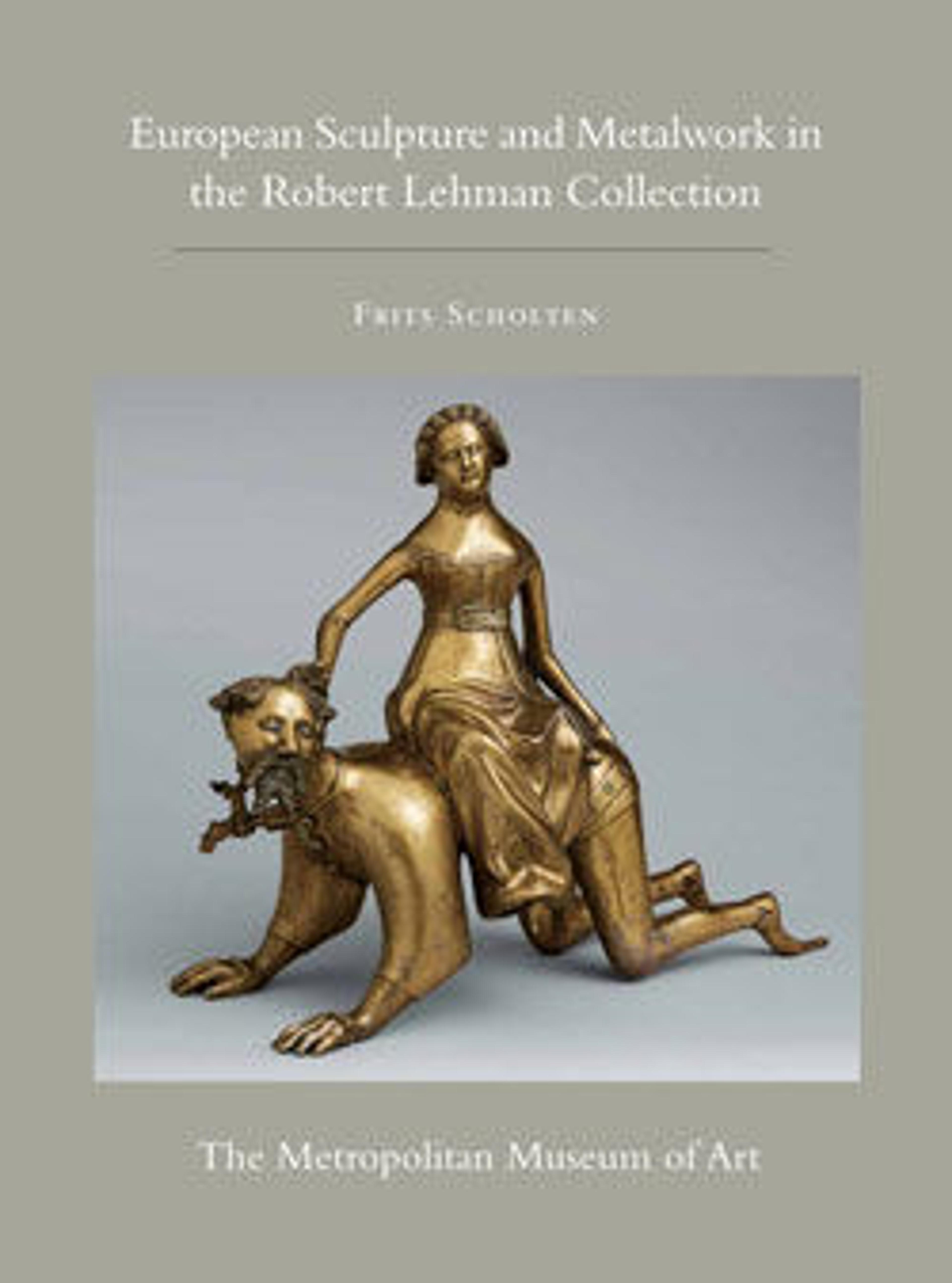Mortar
Artwork Details
- Title: Mortar
- Artist: Alberghetti Foundry , Venice
- Date: 1551–80, (model), (possibly cast in France, first half of the 19th century)
- Culture: Italian, Venice
- Medium: Copper alloy with a high content of tin, some lead, and no trace of zinc; the usual trace elements of iron, nickel, silver, and antimony are present, confirming that this is an alloy of fire-refined copper, certainly dating before about 1880; dark brown patina.
- Dimensions: H. 21.3 cm, diam. 24.5 cm (rim).
- Classification: Metalwork
- Credit Line: Robert Lehman Collection, 1975
- Object Number: 1975.1.1367
- Curatorial Department: The Robert Lehman Collection
More Artwork
Research Resources
The Met provides unparalleled resources for research and welcomes an international community of students and scholars. The Met's Open Access API is where creators and researchers can connect to the The Met collection. Open Access data and public domain images are available for unrestricted commercial and noncommercial use without permission or fee.
To request images under copyright and other restrictions, please use this Image Request form.
Feedback
We continue to research and examine historical and cultural context for objects in The Met collection. If you have comments or questions about this object record, please contact us using the form below. The Museum looks forward to receiving your comments.
